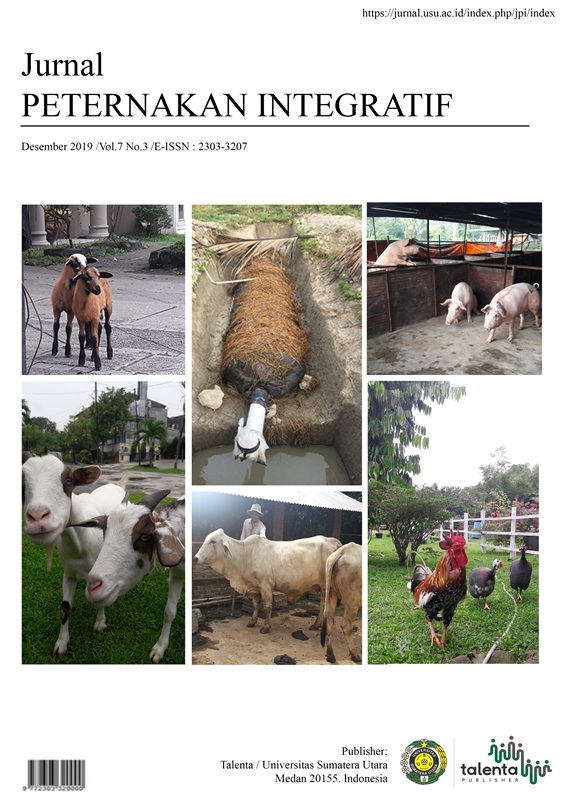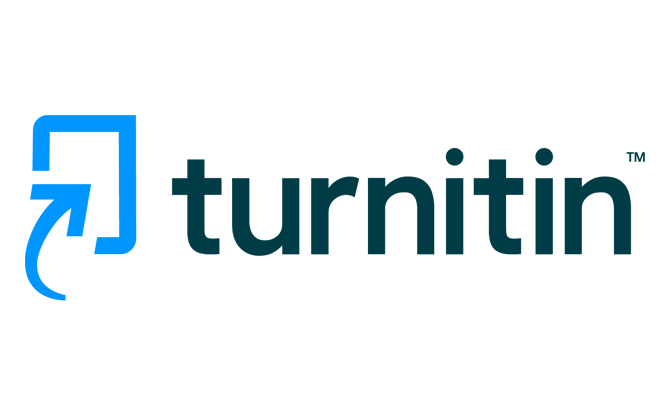Effect on growing of Bali cattle with difference age raised in cages
DOI:
https://doi.org/10.32734/jpi.v8i3.12537Keywords:
age, bali cattle, body weight, growthAbstract
The purpose of this study was to obtain information on the influence of age differences on the growth of Bali cattle that are traditionally reared in cages. The number of cattle used were 9 heads. During the study, individual cages were used. This study had a randomized block design with three ranges of body weight as a group. The treatment in this study was the difference in the age of cattle, which consisted of cattle aged 1 year (I1), age 2 years (I2) and 3 years (I3). The results showed that the difference in the age of the cattle had no significant effect (P> 0.05) on the dry matter consumption of feed, daily body weight gain and the conversion of Bali cattle feed traditionally reared in pens. However, there is a tendency that cattle aged 1 year have better growth and efficiency in using feed than cattle aged 2 and 3 years. It can be concluded that raising cattle at 1 year of age results in more efficient growth than cattle at 2 and 3 years. However, further testing needs to be done with a higher number of cattle and a wider range of body weight.
Downloads
Downloads
Published
Issue
Section
License
Copyright (c) 2021 Jurnal Peternakan Integratif

This work is licensed under a Creative Commons Attribution-ShareAlike 4.0 International License.
The Authors submitting a manuscript do so on the understanding that if accepted for publication, copyright of the article shall be assigned to Jurnal Peternakan Integratif as well as TALENTA Publisher Universitas Sumatera Utara as the publisher of the journal.
Copyright encompasses exclusive rights to reproduce and deliver the article in all forms and media. The reproduction of any part of this journal, its storage in databases and its transmission by any form or media, will be allowed only with written permission from Jurnal Peternakan Integratif.
The Copyright Transfer Form can be downloaded here.
The copyright form should be signed originally and sent to the Editorial Office in the form of original mail or scanned document.















